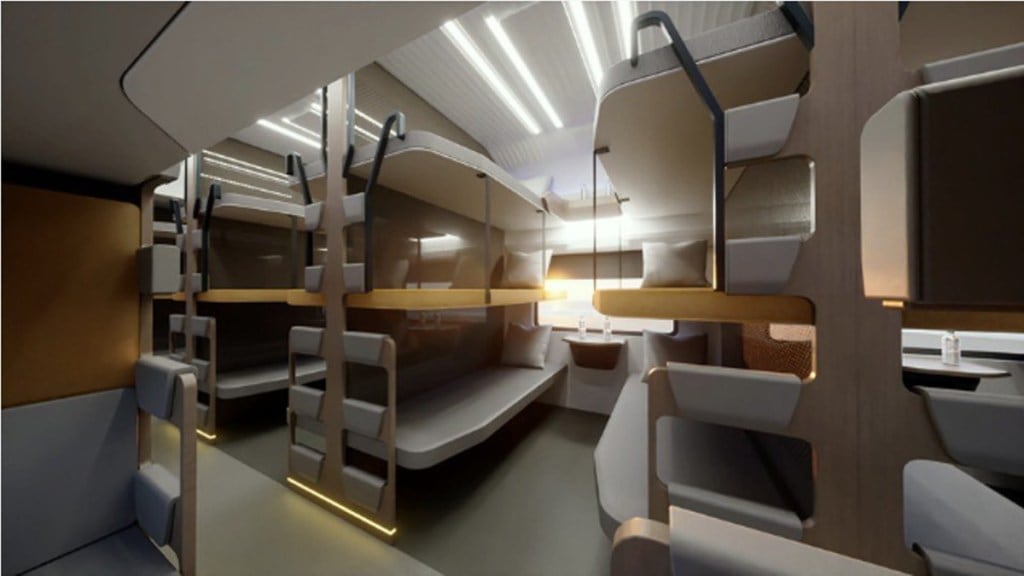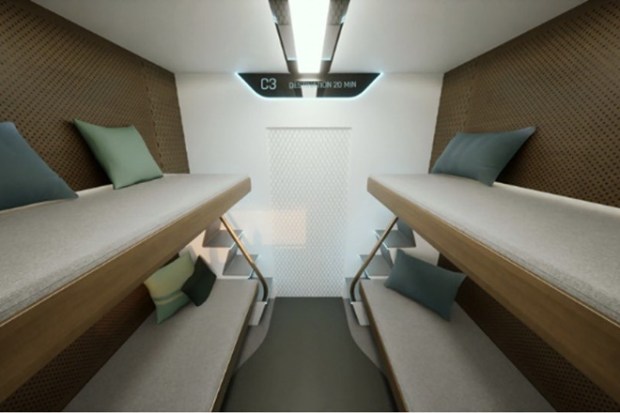The launch of India’s first indigenous-built semi-high speed train has changed the era of rail travel in the country. This ultra- modern train has proved to be beneficial for students, businessmen, senior citizens, etc. In the Union Budget 2023-24, the Ministry of Railways planned to introduce two more versions of the blue and white colour train. These will be – (a) Vande Bharat Sleeper version and (b) Vande Metro.
Vande Metro Sleeper vs Vande Metro
The Vande Metro Sleeper versions will connect the longer distances such as New Delhi-Howrah, New Delhi- Mumbai, Patna- New Delhi and more. The Vande Metro is the mini version of the semi-high speed train. It will connect shorter distances enroute.
Launch of Vande Bharat AC Sleeper Car:-
The national transporter has planned to introduce the new age train in the current fiscal. The scheduled date and time of the launch is not yet known. However, it is expected to be rolled out by March. It will operate for a journey of more than 550 kms. The train will replace the existing superfast trains such as Rajdhanis, Duronto etc.
Railway Minister tweets on Vande Bharat Sleeper Car:-
On Wednesday, Railway Minister Ashwini Vaishnaw added that Sleeper version of this ultra modern train is coming soon. In a tweet, the Union Minister posted graphic photos of the inside view of the rake and said, “Concept train- Vande Bharat (Sleeper version). Coming soon…..early 2024.”
When Vande Bharat was first introduced?
The nation’s first blue and white colour train was flagged off on February 15, 2029, by Prime Minister Narendra Modi. The train operates between New Delhi and Varanasi.
Where Vande Bharat Trains are being manufactured?
The Vande Bharat rakes are being manufactured at Chennai-based Integral Coach Factory (ICF). The train symbolizes the ‘Make-In-India’ initiative and showcases India’s engineering prowess. The project to manufacture indigenous semi-high-speed train sets started in mid-2017, and within 18 months, the ICF Chennai completed Train-18. It was renamed Vande Bharat Express in January 2019 to emphasize its made-in-India status.



